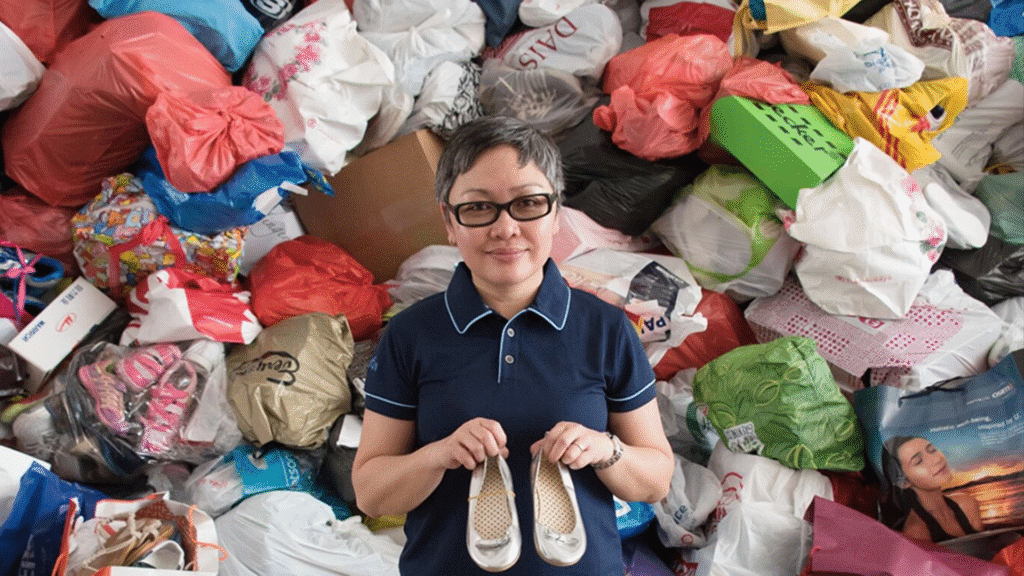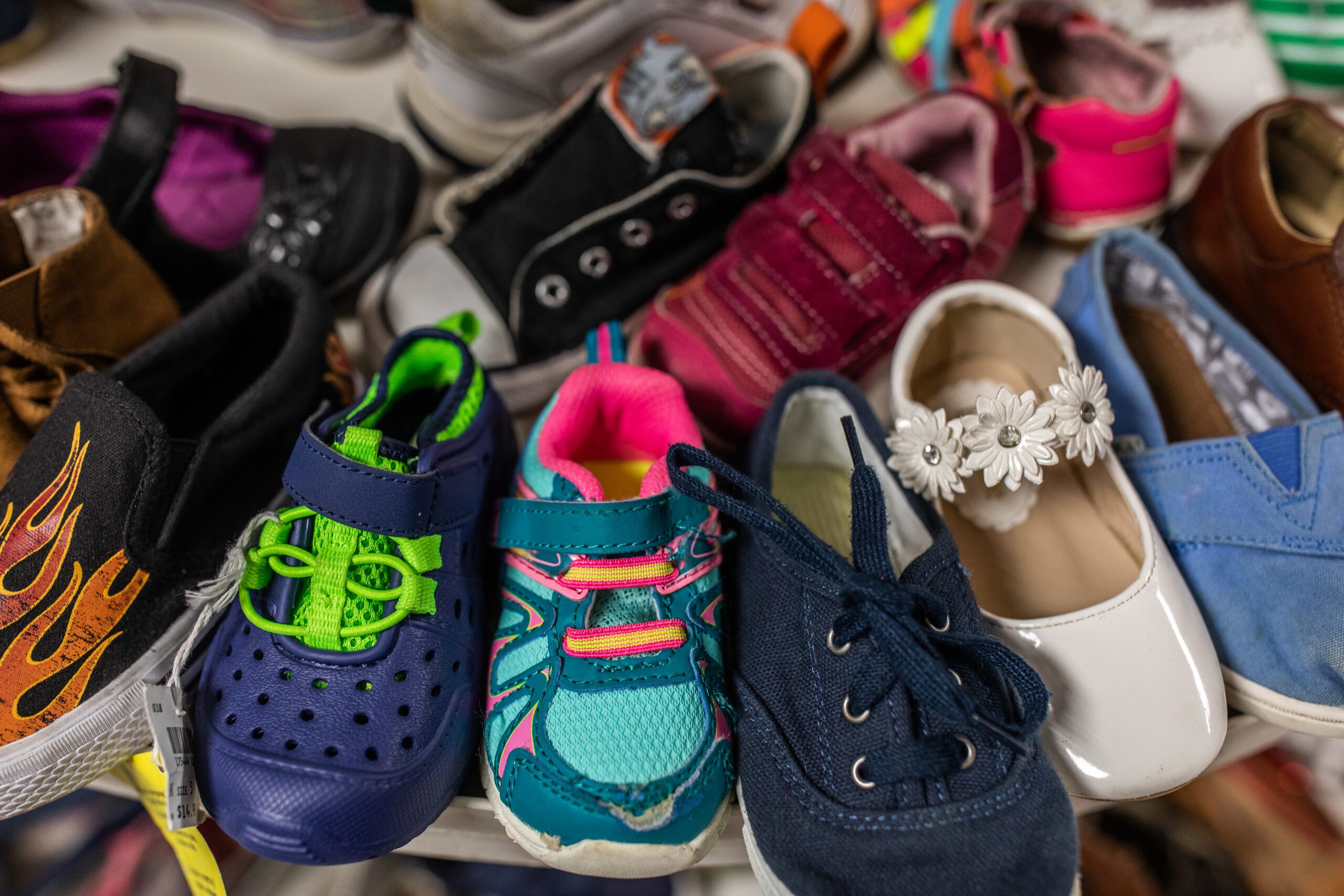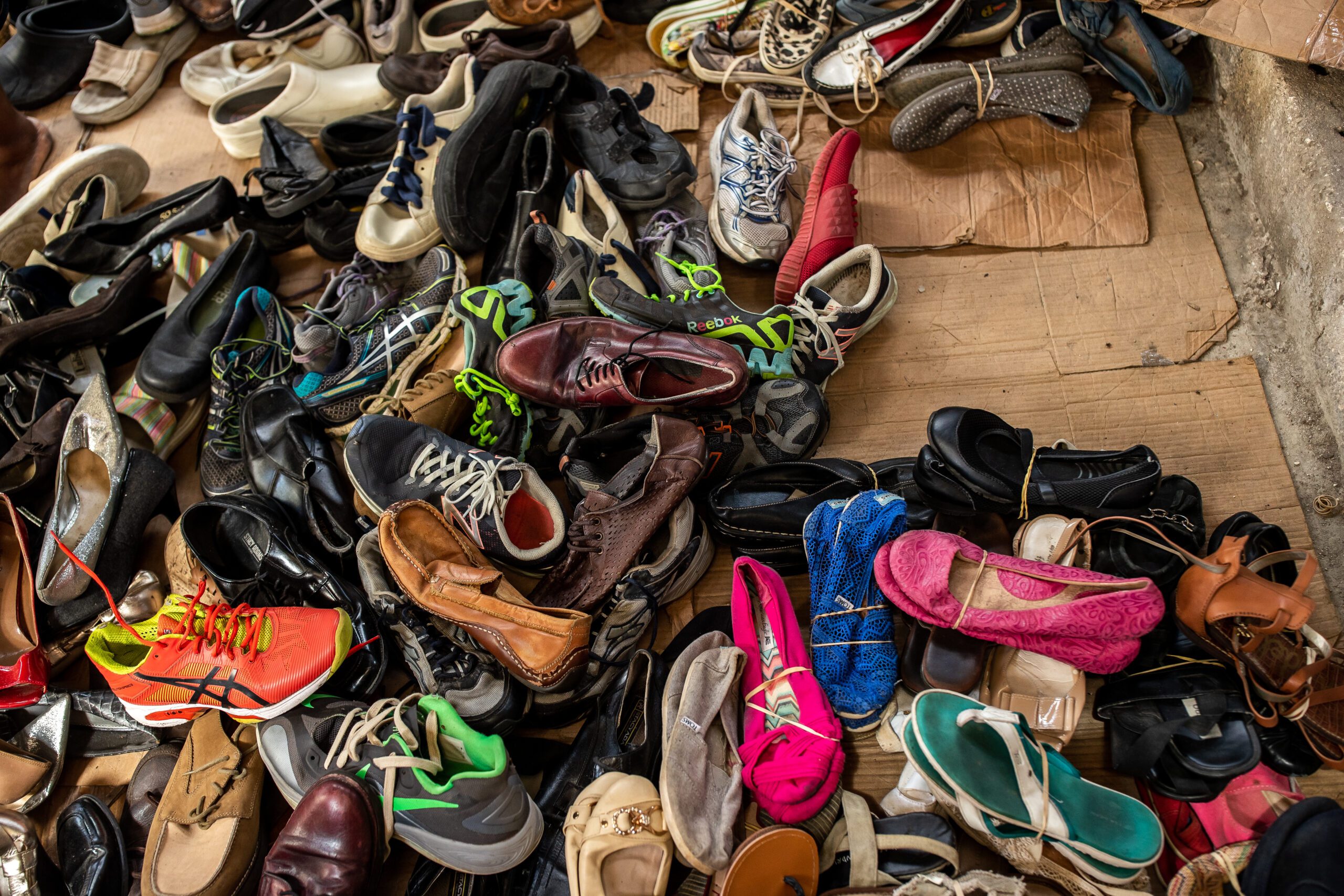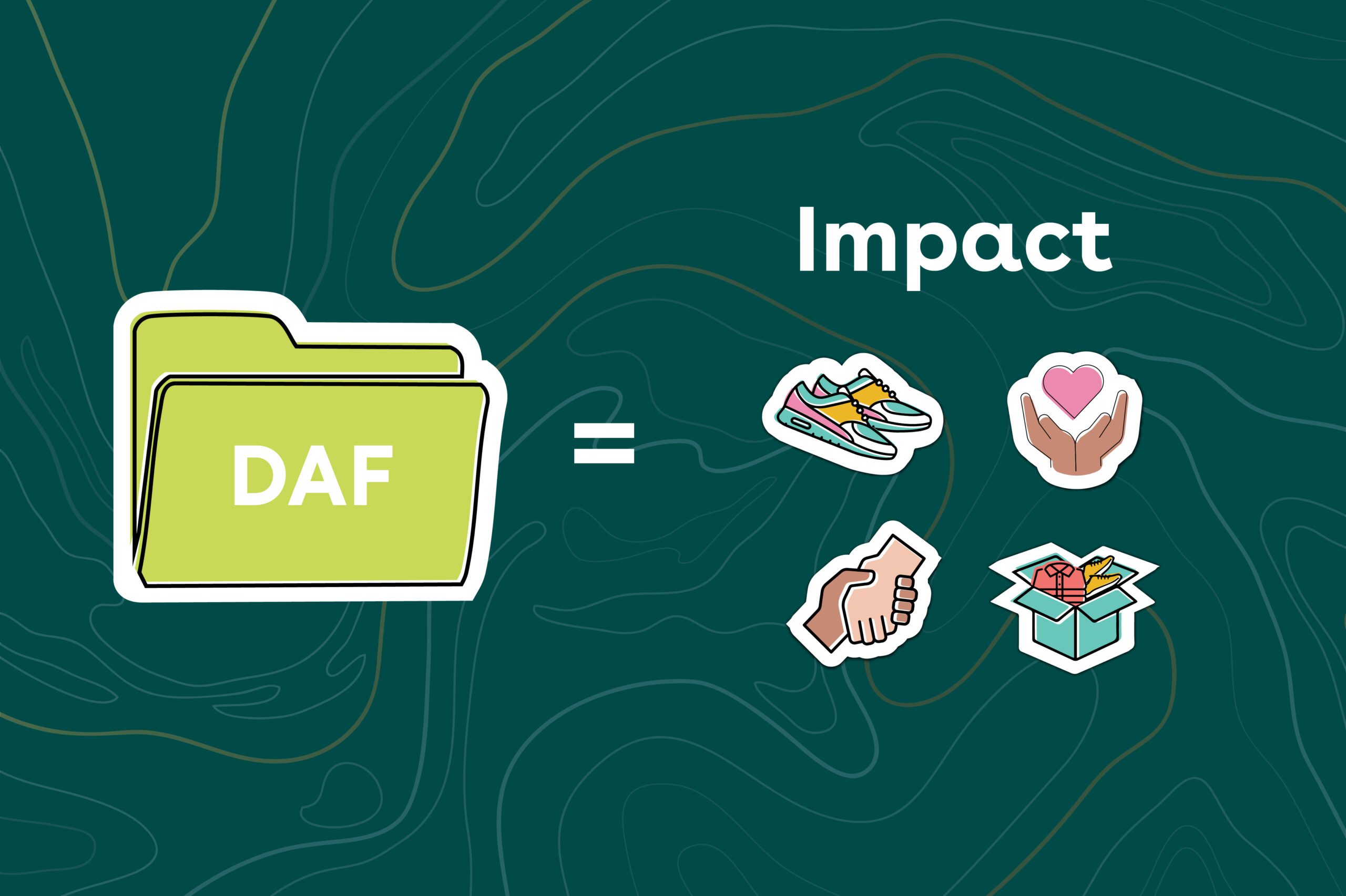It isn’t often in life, least of all business, that you stumble across a genuine ‘win-win’. But when it comes to shoes and clothing, circularity is just that.
In fact, data shows circularity can be the most cost-effective, moral business model for brands: boosting your profits, energizing your people, and protecting the planet. Actually, make that a ‘win-win-win’.
So, let’s investigate the evidence behind circularity’s claim—and explore how your business can start using this invaluable strategy today.
What is a circular business model?
According to Harvard Business Review, there are three different types of business circularity:
- ‘Retain product ownership’, in which the producer rents or leases its product to the customer rather than selling it
- ‘Product life extension’, where companies design their products to last longer to attract customer loyalty and justify premium pricing
- ‘Design for recycling’, in which brands redesign their products and processes to maximize the recoverability of the materials involved



